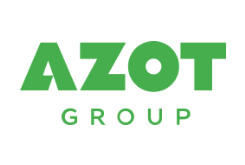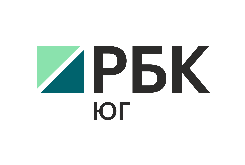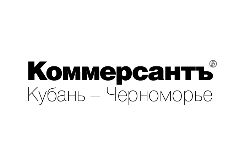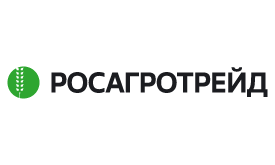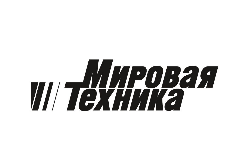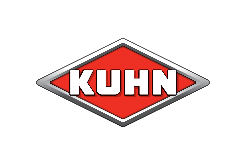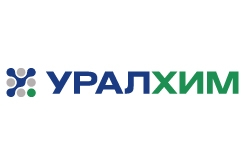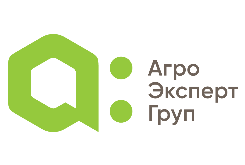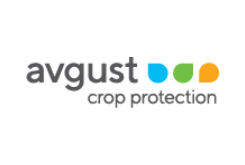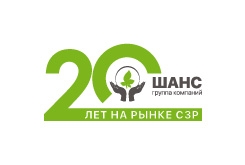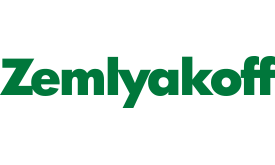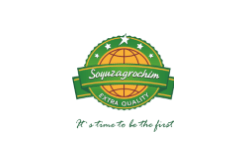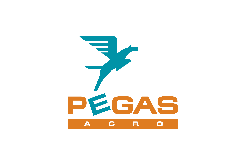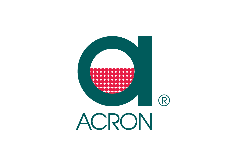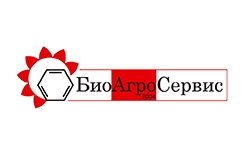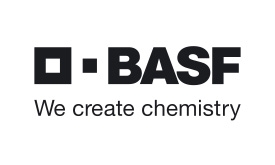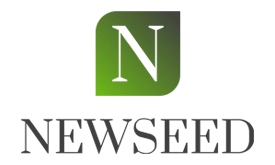Altynov: "The safety margin of the agricultural machinery fleet in the South is higher than in the Russian Federation"

The fleet of the South turned out to be more saturated with machinery than on average in the Russian Federation. Chairman of the Board of the Association of agricultural machinery dealers "Askhod" Alexander Altynov told RBC TV Yug about the prospects for the development of autopilot systems


Based on the results of 2023, how much more difficult or easier was this period for agricultural machinery manufacturers than the previous one?
I really hope this year was easier for domestic agricultural machinery manufacturers. In 2022, the market experienced a real shock. Nevertheless, the manufacturers managed to establish contacts with new component suppliers, to re-start the lines, which had been shut down for quite a long period. So, 2023 was better compared to the previous period, only the demand was quite low. It probably will not be any better in 2024 either.
Many agree that in 2022–2023 the cost of agricultural machinery increased by 30–50%, depending on the item. Can you say that this year, given the trend of cost increase, new price records were set? What will happen to prices in 2024?
I think that all the price disturbance that was in the market ended mostly in 2022. At least, there is no apparent price increase for domestic machines, while it is increased for imported brands, but this is related to the exchange rates, which have been almost 100 rubles for most of the year.
Taking into account the weak demand, most likely, nothing radical will happen to the price in the future. Of course, there will be a new wave of imported tractors which are subject to new disposal fee rates, and machinery from new supplies will be traded at absolutely different prices. This will influence the state of the market.
The fleet — domestic and imported
Since we are in the South, we can't help but talk about how things are going in the agricultural machinery market here, and the current state of the fleet of southern Russian farmers.
The fleet of the South has always been more saturated with high-performance machinery than on average in Russia. The share of imported equipment was higher there. A certain safety margin still remains there, for sure. For example, today there are subjects of the Russian Federation that are many times less safe in terms of agricultural machinery availability. We all know that the South is the granary of Russia. The yields here are on a different level, and the quality of crops is different too. Thus, the region is better prepared for any stressful situations in case of their occurrence. The southern farmers have more capability to buy machinery than many others in Russia. However, there are difficulties with servicing the fleet of imported machinery because it is large, diverse, and, of course, outdated in some respects. But in general, the situation is quite manageable.
Earlier you noted that the share of imported machines in the South is about 22–23% of all the sold ones. Is this percentage still the same?
Hard to say. To start, we do not have valid statistics. Previously, there used to be a source of statistics, but today we do not have such information. Hopefully, the implementation of a unified system based on the database of Gostekhnadzor of Russia will be completed soon. These figures are used by the Ministry of Agriculture of the Russian Federation. The fact that it has not been made public yet is strange, because it would be useful for all market participants. Maybe we are still gathering this data. It would be great if the market knew the statistics on the share of imported and domestic machines in the market. Market players could rely on it in their discussions and analyses, and regional authorities would be able to determine what support measures are needed and keep them current for the next season. In addition, there are resources of 'Electronic Datasheet', so the digitization of the fleet data is underway, and the data can be analyzed in quite detail.
The balance of domestic and imported machinery has not changed a lot this year, if measured in money. Imported machinery has always been presented mainly in the niches where there are no domestic machines, and it mostly remains there. It would be strange to expect something different.
Despite the fact that there are some positive changes, many industry experts note the wear of agricultural machinery. In this context, it is interesting to know what your expectations are for the upcoming sowing campaign in 2024.
Surely, the fleet is aging. Not everyone has time to restore machines for sowing season or for any other peak agricultural work in the fields. Today, lack of funds is an added factor. If this is not a subsidized loan and not their own funds, it is hard to imagine where farmers can get the resources required to prepare machinery for the season. The current rates exceed 20 %.
Any self-propelled machine normally operates for 10–15 years, a trailed one — for 6, 8, 10 years. Let's start with the Covid period, the 2022, the outgoing 2023, and now you see that the machines are 3–4 years old already. Everything that was in a normal state relatively recently is now approaching the state of half of the service life or old age. We will endure for some time, but I don't think there is a possibility to keep this up for long.
Forecasts and prospects
How can this situation affect future crops?
As for the yield, a combination of factors must be considered. If at some moment business has to change most of the elements in the technology process, there is never a guarantee that it can build a new successful process right away. Then, when we analyze the yield, it will be a good question what exactly influenced it: genetics, new varieties, technologies, lack of experience, outdated machinery or something else. That's why, due to such a combination of factors, we will probably have to face some challenges for at least three years before the technology is structured in a new way.


What do you think, judging by the exhibits of the YugAgro 2023 exhibition, what will agricultural machinery look like in 10–20 years? In which direction is the progress moving?
First of all, of course, the human role will gradually decrease. This means automation, some solutions for data exchange between machines. Maybe an unmanned machine will appear somewhere, but I think that in Russia – so as to harbor no illusions — it is unlikely to happen earlier than in 8–10 years.
Secondly: most likely, evolution of most of the machines for field work will move in different directions. For example, ground work and tractors, including potentially unmanned ones, will require implements with very wide coverage in the future. Most likely, their work will be quite independent.
The same thing will happen to harvesting machinery. The combine capacity will grow, the tankers will become larger as yields increase, the grain headers will become larger with levelling of the fields, so there will be a certain gigantism, but in parallel, metamorphoses in small forms will occur. For example, in weed management: it can be sowing, fertilizing or chemical treatment. Hardly any monster machines will be required for this. The process can be limited to small fully independent machines, which have sensors determining where and what shall be treated. And it will be kind of a swarm serving a field.
One more interesting trend is some modularity. For example, there is a certain frame that moves on rails or moves along a set route. It performs one simple operation, then changes its main operating tool and can perform a different operation. And it moves across the field in this fashion. It will make sense for some applications, but not earlier than in 5 or more years.
The 31st International Exhibition of Agricultural Machinery, Equipment and Materials for Crop Production YugAgro will be held on 19-22 November 2024 at the Expograd Yug Exhibition Complex, Krasnodar. Read the terms and conditions of participation and join YugAgro 2024.
BOOK A STAND
